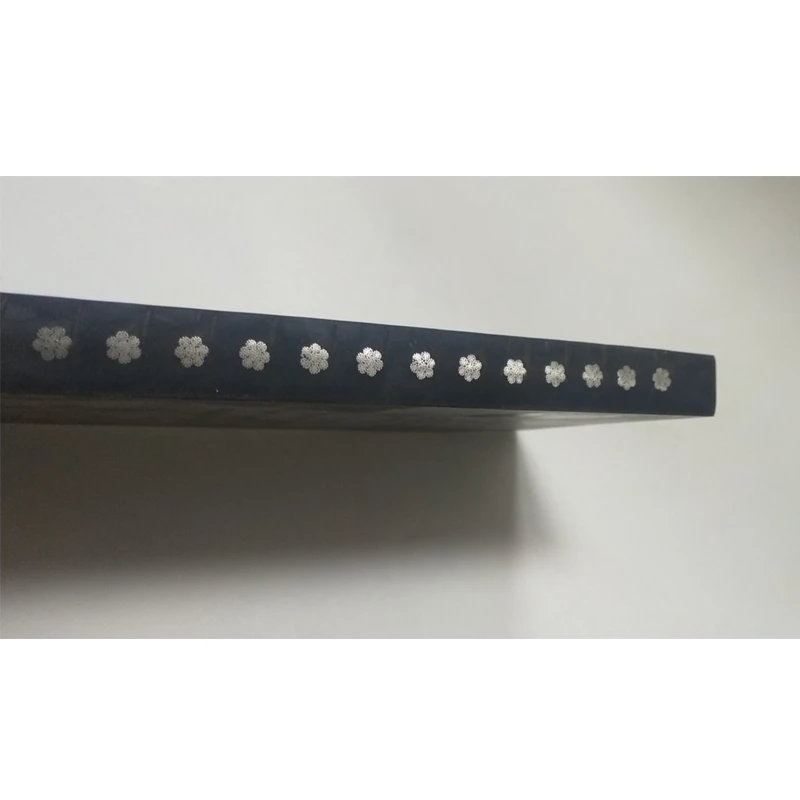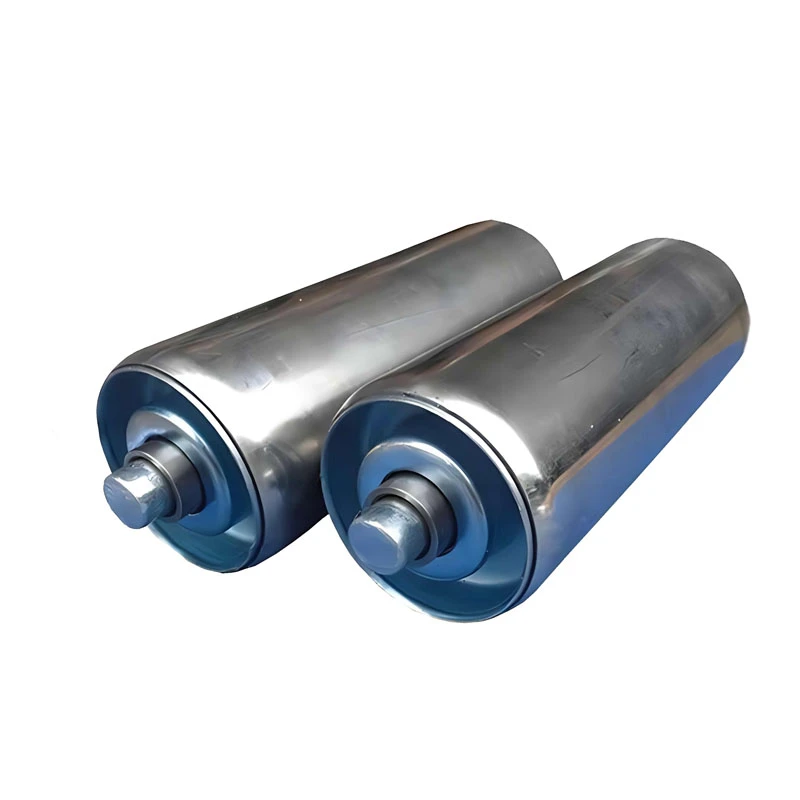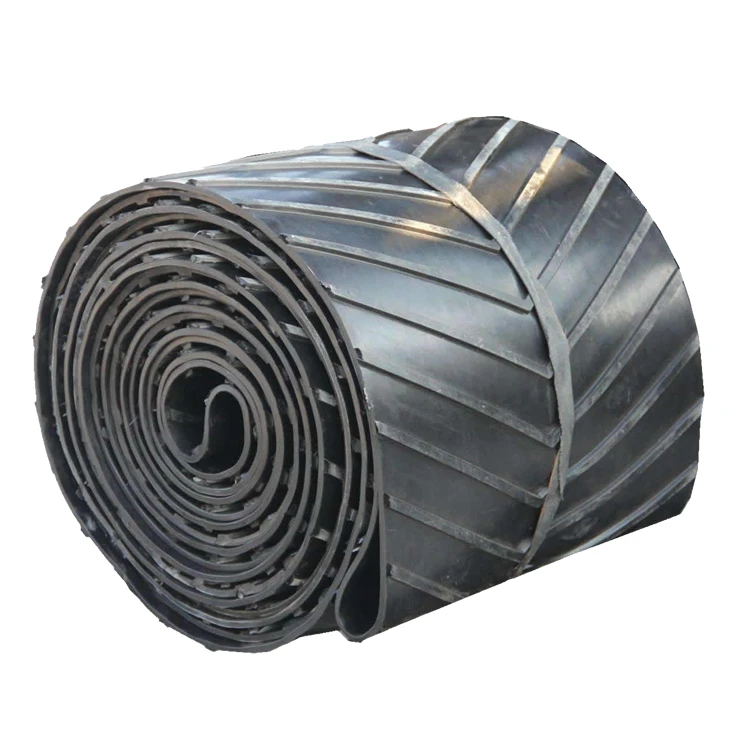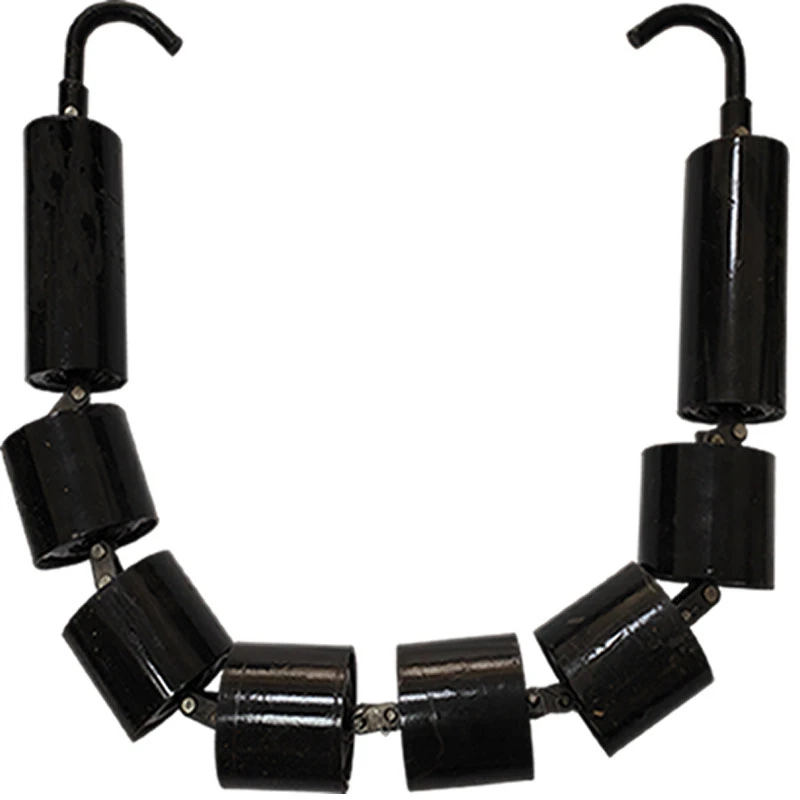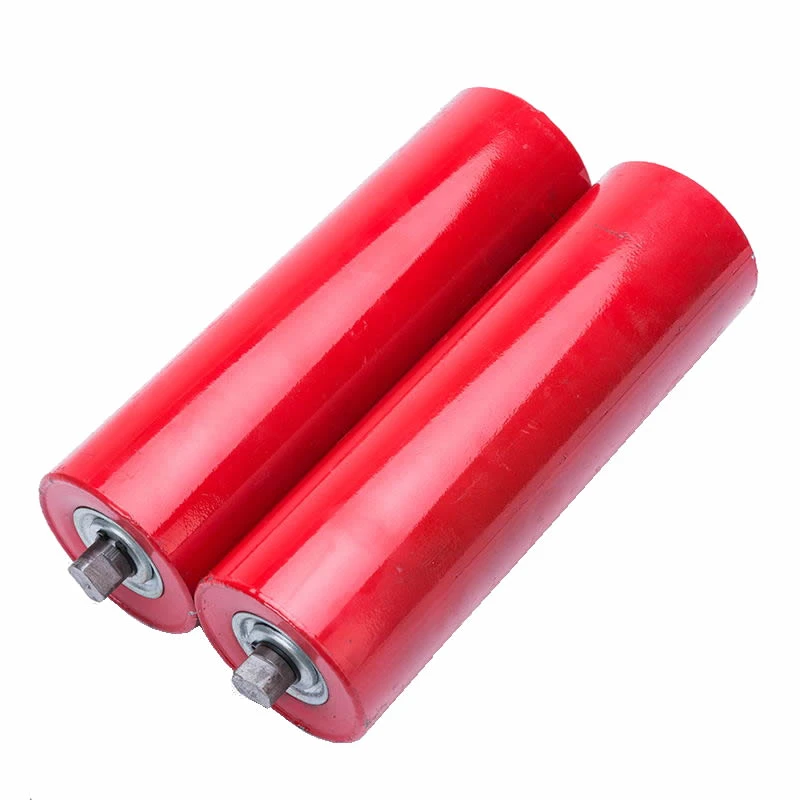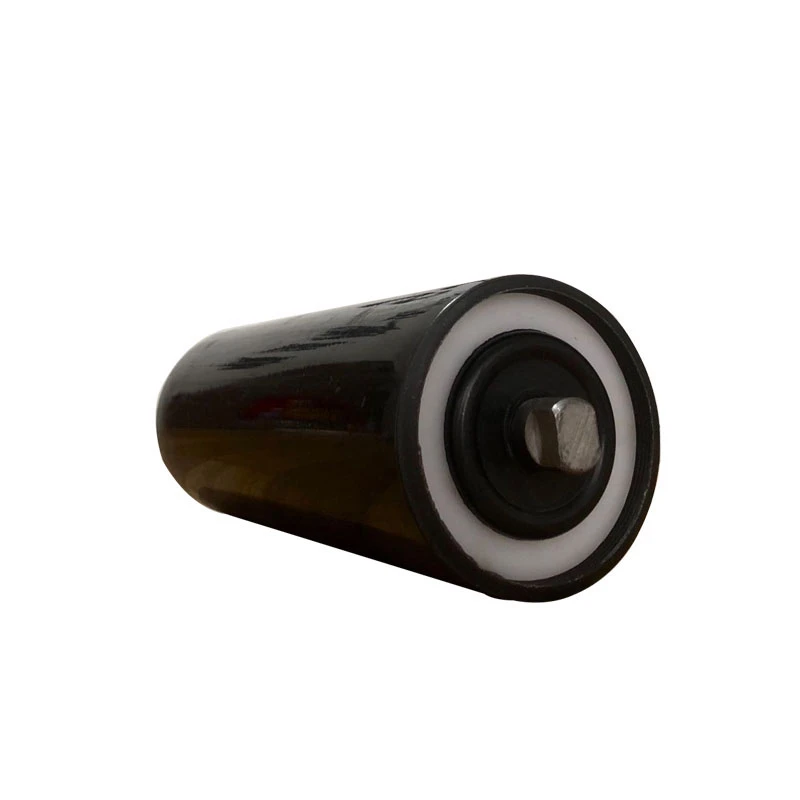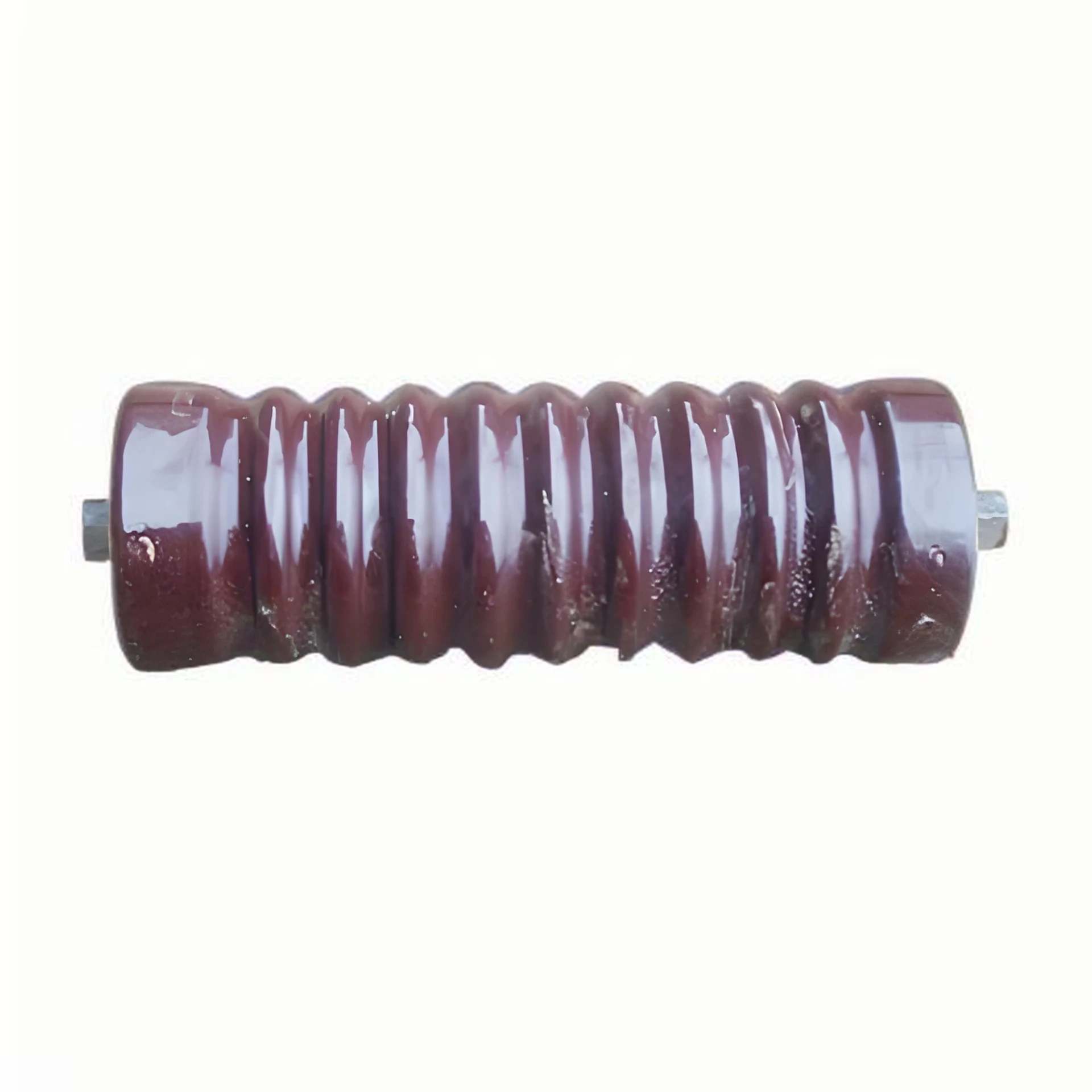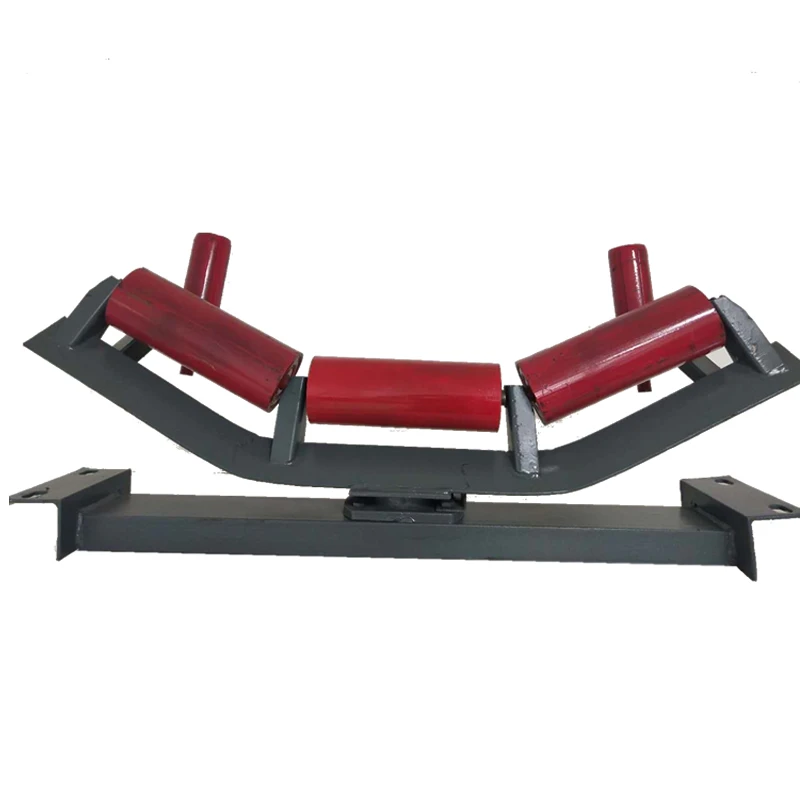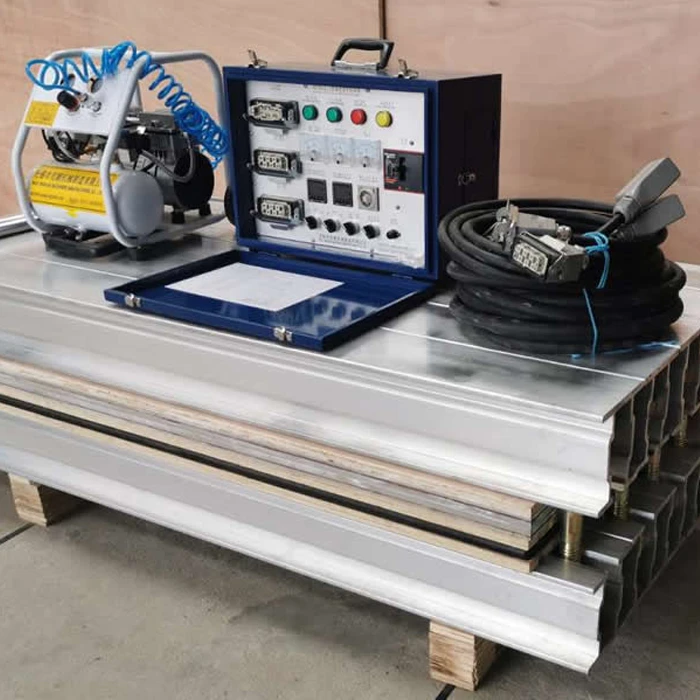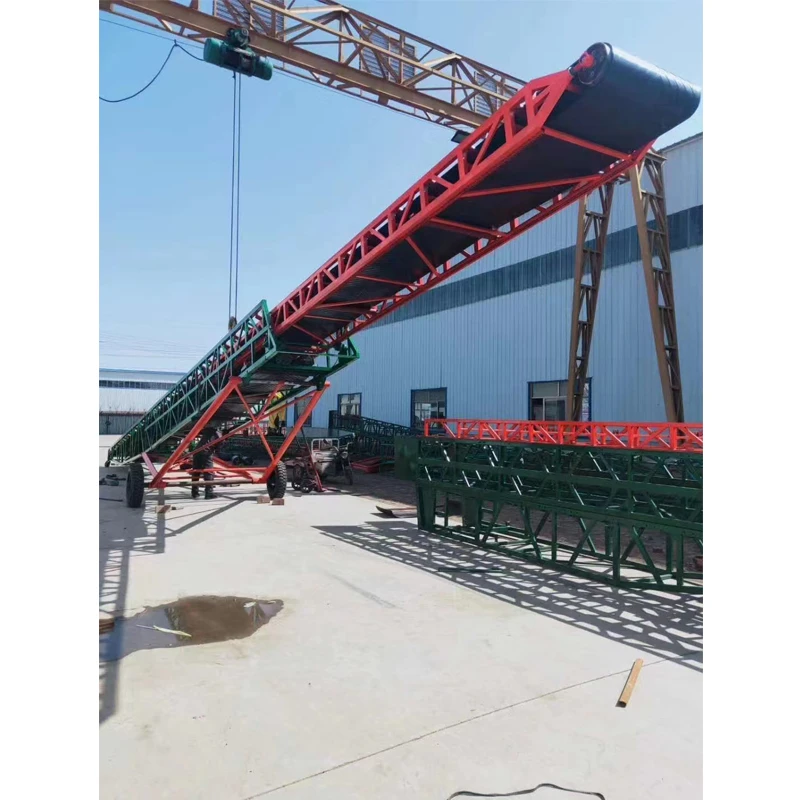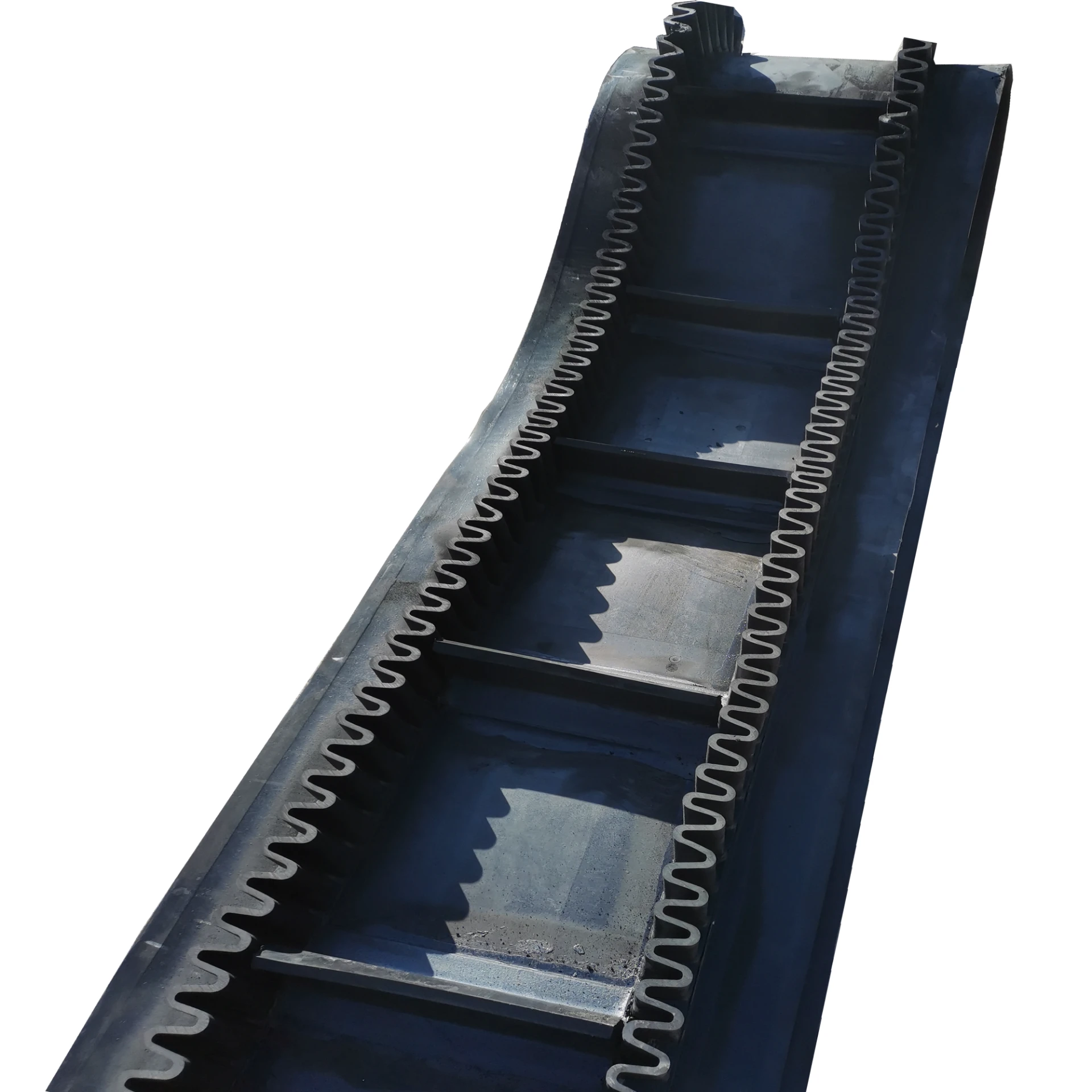In the dynamic world of material handling, knowing the different conveyor belt types is essential to optimize your production efficiency and operational reliability. Each industry requires a specific solution, and selecting the right conveyor belt types can significantly impact productivity, energy consumption, and system longevity. Flat belts are the most commonly used and are ideal for light to medium-duty tasks. Modular plastic belts are perfect for industries requiring sanitation and easy cleaning, such as food processing. For inclined transportation, cleated belts prevent slippage, while timing belts are designed for precision applications in packaging and electronics.
Rubber conveyor belts are used in mining, cement, and construction due to their resilience and load-bearing capacity. Meanwhile, metal conveyor belts offer high-temperature resistance for applications in heat-treatment processes or baking lines. Understanding your material characteristics, environment, and load requirements will help you match the most suitable conveyor belt types to your needs. Modern conveyor belt types also include hybrid designs that combine strength and flexibility, providing greater adaptability to various process demands.
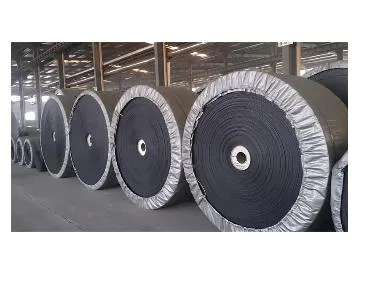
How a Quality Conveyor Belt Can Transform Production Flow
The conveyor belt is more than just a means of transportation within a facility—it is the engine of efficient and safe material movement. It supports everything from fragile electronic parts to rugged ore materials. A well-designed conveyor belt ensures a seamless flow of goods, reduces handling time, and minimizes human error. From horizontal transport to inclined elevation or even curved routing, the conveyor belt adapts to different facility layouts and industrial environments.
In automated systems, a reliable conveyor belt helps maintain speed and synchronization across production stages. In logistics centers, it ensures smooth sorting and distribution of packages. In agriculture, it aids in bulk transport of grain and produce. The surface texture, strength, and flexibility of the conveyor belt must align with specific load and friction conditions. Reinforced belts with multiple fabric layers or steel cords are often used in heavy-duty operations, offering both durability and tear resistance.
A worn or misaligned conveyor belt can lead to costly downtime, damaged products, and safety risks. Therefore, investing in a high-quality conveyor belt is crucial for long-term performance and efficiency. Regular inspection, tensioning, and cleaning should be part of maintenance protocols to ensure optimal function.
Choosing Conveyor Belt Suppliers Who Meet Your Technical Standards
Finding trustworthy conveyor belt suppliers is vital for maintaining consistency, performance, and innovation within your operation. Leading conveyor belt suppliers offer more than just products—they deliver tailored solutions based on your industry requirements, facility layout, and budget constraints. They provide technical support for belt selection, customization for belt width and thickness, and even guidance on tensioning and tracking.
Professional conveyor belt suppliers maintain a wide inventory of belt materials, including rubber, PVC, PU, fabric, and metal. They also support industries like mining, food processing, pharmaceuticals, logistics, and electronics. Global conveyor belt suppliers often comply with ISO certifications, FDA standards for food safety, and offer flame-retardant or oil-resistant belt options for specialized use cases.
Moreover, advanced conveyor belt suppliers are integrating digital services such as online configuration tools, real-time inventory tracking, and AI-driven belt diagnostics to improve system efficiency and predictive maintenance. With direct shipping, rapid lead times, and long-term service contracts, reputable conveyor belt suppliers help reduce downtime and keep your operations running smoothly.
It is also beneficial to work with suppliers who provide full-service packages, including on-site consultation, installation assistance, splicing services, and emergency replacements. This type of partnership ensures long-term system health and flexibility to scale or upgrade when needed.
Unpacking Conveyor Belt Price: Factors That Define Investment Value
The conveyor belt price is influenced by a range of factors such as belt material, design complexity, load requirements, temperature tolerance, and size. For light-duty applications, PVC belts are typically the most affordable, while steel-reinforced or specialty belts command a higher price due to their performance attributes. Fabric-ply belts used in general industries can range from moderate to high in cost depending on the number of layers and coating.
Additional costs are incurred when requesting custom widths, embedded tracking guides, sidewalls, or cleats. Applications that demand resistance to oil, heat, flame, or chemicals will also raise the conveyor belt price due to material upgrades. Installation, maintenance services, and warranty coverage might be bundled in or billed separately, depending on the supplier's policies.
Despite a potentially higher upfront conveyor belt price, investing in quality reduces lifetime costs by lowering replacement frequency, maintenance labor, and production downtime. It’s crucial to evaluate long-term value rather than just initial expenses when sourcing a new belt. Some suppliers provide price estimates via online portals or virtual consultations, allowing users to budget more accurately for upcoming projects.
Global supply chain challenges can also affect the conveyor belt price, especially for materials like rubber and stainless steel. Working with suppliers who maintain strategic stock and transparent pricing structures will help mitigate market volatility.
Conveyor Belt Video Demonstrations Offer Visual Proof of Performance
A conveyor belt video is an invaluable tool for understanding the capabilities, applications, and innovations behind different conveyor systems. Leading manufacturers and suppliers often publish high-quality conveyor belt video content that highlights product features, installation methods, troubleshooting guides, and maintenance instructions.
By watching a conveyor belt video, end-users can visualize how belts function under specific loads, in various environments, or with integrated accessories like scrapers and tracking systems. It helps maintenance personnel learn proper belt tensioning techniques or splicing processes. Engineers and procurement managers can use a conveyor belt video to compare product performance, speed, and versatility between different belt types and manufacturers.
Suppliers also use video case studies to showcase real-world applications, giving potential buyers confidence in their solution. For industries dealing with safety and compliance, a conveyor belt video provides an excellent training resource to ensure workers handle conveyor systems properly. As remote collaboration and digital procurement grow, video content becomes a key decision-making tool, reducing the need for on-site visits during the initial evaluation process.
With growing access to AR/VR-enhanced conveyor belt video presentations, the future of conveyor system education and visualization is both interactive and immersive. Whether for training, marketing, or technical explanation, these videos strengthen the buying journey and reinforce trust in the supplier’s expertise.
conveyor belt FAQs
What are the most common conveyor belt types?
The most commonly used conveyor belt types include flat belts, modular plastic belts, cleated belts, timing belts, and metal belts. Each serves different operational goals. Flat belts are used for general transport, modular belts for food and washdown areas, and cleated belts for inclined or vertical material movement. Timing belts ensure precision, while metal belts serve high-temperature or heavy-duty applications.
How can I determine the right conveyor belt for my system?
Start by evaluating your load weight, transport speed, material type, and environmental conditions. Factors like belt width, material composition, and resistance to oil, chemicals, or heat should be considered. Consulting experienced conveyor belt suppliers can help you determine the best fit based on technical and budgetary requirements.
What should I expect from a good conveyor belt supplier?
A reputable supplier should offer a wide product range, technical consultation, custom fabrication, on-site installation support, and reliable after-sales service. They should also provide documentation such as spec sheets, compliance certificates, and maintenance guides. Quick delivery and emergency support are additional signs of a dependable partner.
Why does conveyor belt price vary so much between suppliers?
Prices vary based on material quality, customization level, size, performance characteristics, and additional features like resistance coatings or embedded tracking. Suppliers offering value-added services, faster lead times, or specialized belts will typically price higher. It's essential to assess cost over the belt’s entire lifecycle, not just the initial purchase.
How can conveyor belt video resources support operations and training?
Conveyor belt videos provide visual demonstrations for proper installation, maintenance, troubleshooting, and product comparison. They are essential for training new staff, validating performance claims, and simplifying technical explanations. In remote work or global procurement contexts, video resources help decision-makers confidently select the right system.

